When it comes to people who played any of the previous Mount & Blade versions, you can probably put most of them into one of two categories: Those that gave up on it after a couple of hours, maybe even multiple times, and those that completely lost themselves in it.
I was in the former one for many years, ever since discovering the beta for the very first entry.
The games, while somewhat deep and certainly complex in their nature, left too many gaps to fill in my mind. This is not a bad thing necessarily, but a couple of design decisions, like having traversable 3D cities & fiefdoms void of life and meaningful interaction, actively hampered my imagination to take lead. How can I role play, when all I see is a world that is as dynamic as glued together Lego bricks, filled with people whose only purpose in life is to stand in a corner or walk aimlessly around town?
Mount & Blade was a project full of passion. Passion that lead to ambition. Ambitions too large for ressourceless indie developers releasing their first game, especially in the year 2008. It was a project destined to fail ...but it never did.
The reasons for this are manifold. Armağan Yavuz and his wife Ipek took things slow, but they were persistent in their pursuit. The first prototypes were available to the public as early as 2004, when the game was still called WarRider and featured undead and necromancers. The re-brand to Mount & Blade then removed the magic elements and went for a more realistic approach in its setting, which still was based in a fictional world however. This, in turn, helped them bring out one of their outstanding features: the combat.
Developing a somewhat realistic sword and arrow based combat system that is fun when you are in a one on one situation is hard, but making it also work when there are 50 enemies and as many allies, had to be the designers biggest achievement. Sure, there were still AI problems, mostly when it came to siege warfare, but no other developer ever even came close to what TaleWorlds accomplished.
So the thing that drew in the customer was there, but without a marketing budget and still so early in development, much of its early success can be attributed to the aforementioned public availability as shareware. Sharing sites, CD's included in gaming magazines, LAN parties. As a hardcore PC gamer, you were bound to stumble upon the game at some point during its development. And for the hardcore it was.
Remember when I talked about glued together Lego Bricks? That wasn’t the only hurdle you had to jump on your way to enjoying Mount & Blade. While the basic combat principles were adequately explained, the game had much more to offer which wasn’t.
What’s up with all these stats? Where am I? Where should I go? How do I command my army? How do I get my own piece of land?
Internet message boards were “work” and with YouTube still very much in its infancy (remember: YouTube only started 2005 and it would take another two years until the phrase Let’s Play was even coined), there was no easy way to learn the ropes. Failing was something you would have to get used to. Failing was also something that had its consequences. There was no permadeath (unless you decided to mod it in), but getting knocked out in a fight and becoming a prisoner, especially in the early to early mid-game, could easily mean that you’ve just lost a huge chunk of progress. Armies aren’t cheap, so you are now probably stranded somewhere in enemy territory, without a soul by your side or a sack of gold to pay for company or goods to trade. You maybe even lost your horse, so prepare for a long and arduous journey back.
For those that didn’t bother however, a world of possibility lay before. Once you understood how each of the mechanics on offer worked, the suspension of disbelieve set in. The visual representation on the screen became an abstract of the universe that expanded inside your head. No longer did you care about the low graphical fidelity, the useless NPCs, or the messy user interface. Some of its “flaws”, like the missing story and unguided experience, you even learned to embrace, as it allowed you to play whichever role you enjoyed and set your own goals accordingly.
Mount & Blade was a mess. No AAA publisher would have ever touched it and it mostly went unnoticed by the more “casual” gaming crowd, but it offered a vision of the gaming future only few titles before managed to convey.
Part 2 is now available.
(Disclaimer: This is not a sponsored feature, but TaleWorlds gave me a pretty sweet bag after the preview of M&B2: Bannerlord during Gamescom. It doesn't influence my opinion of the series, but hey, thought I'd let you know.)


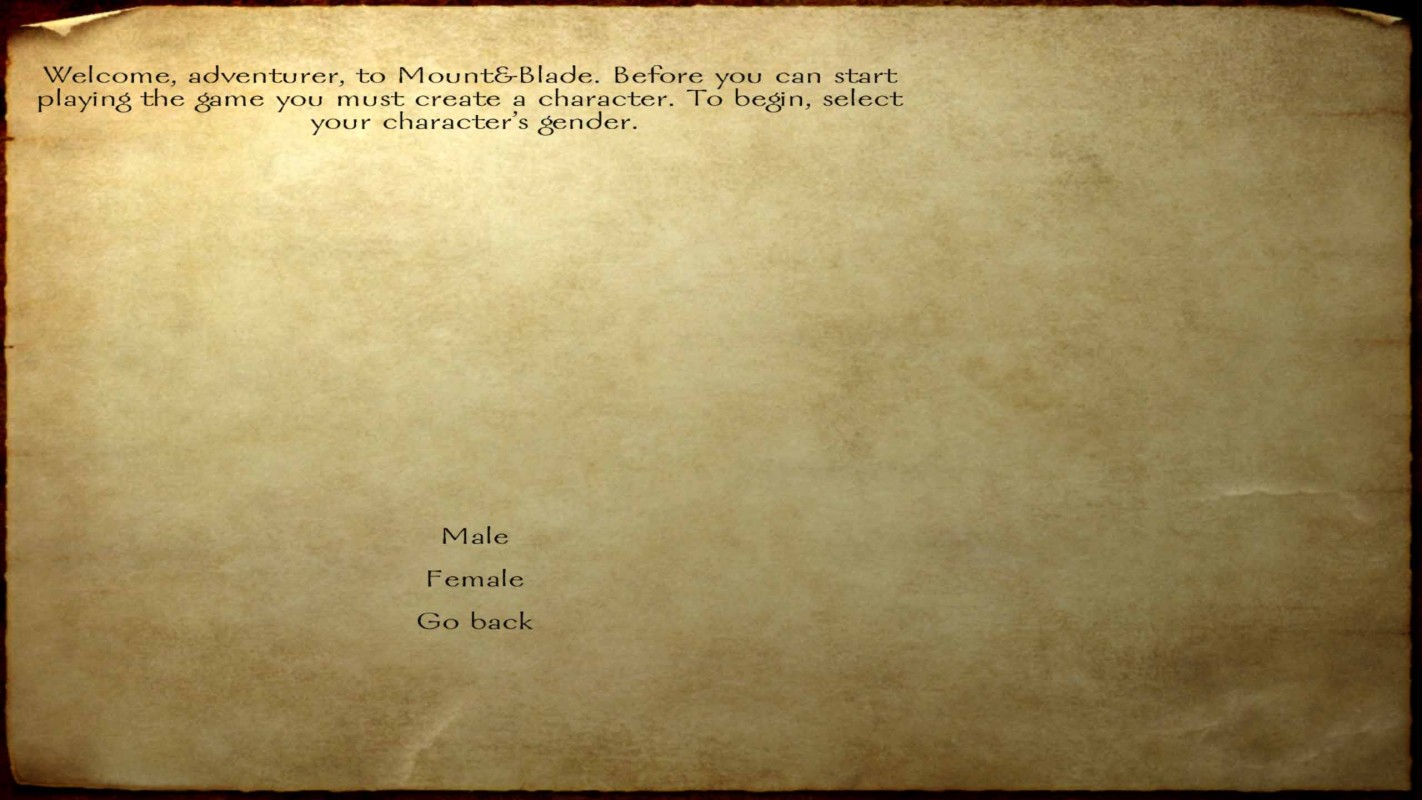
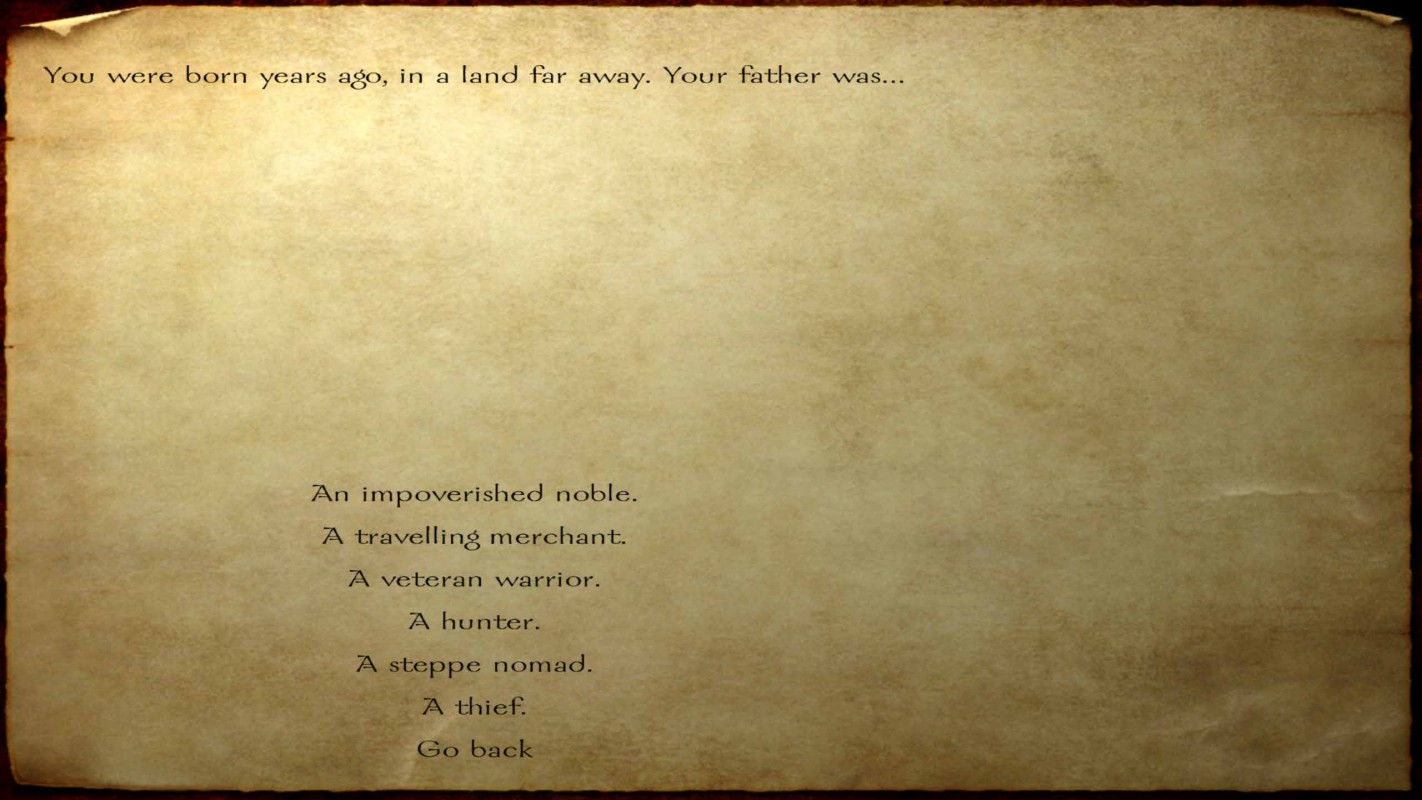
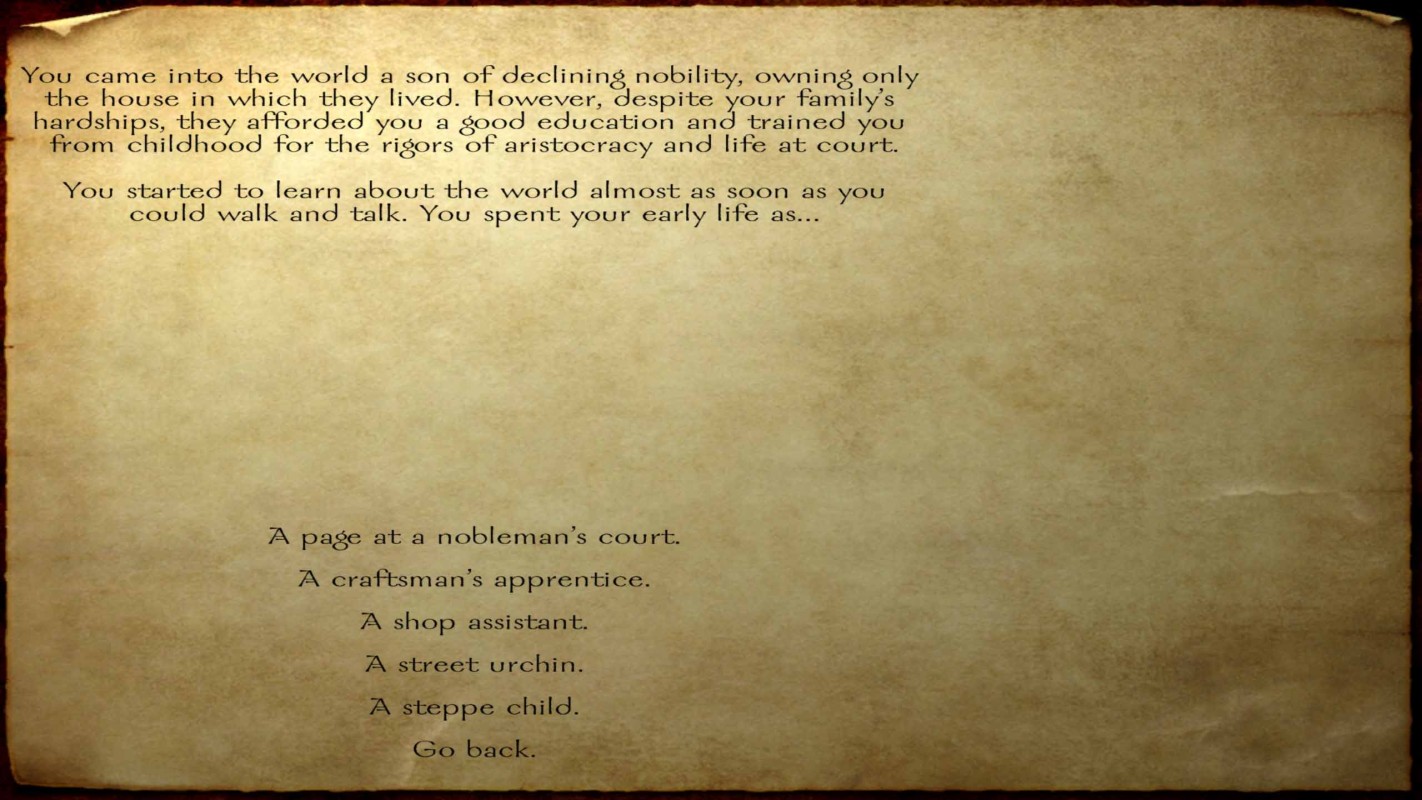
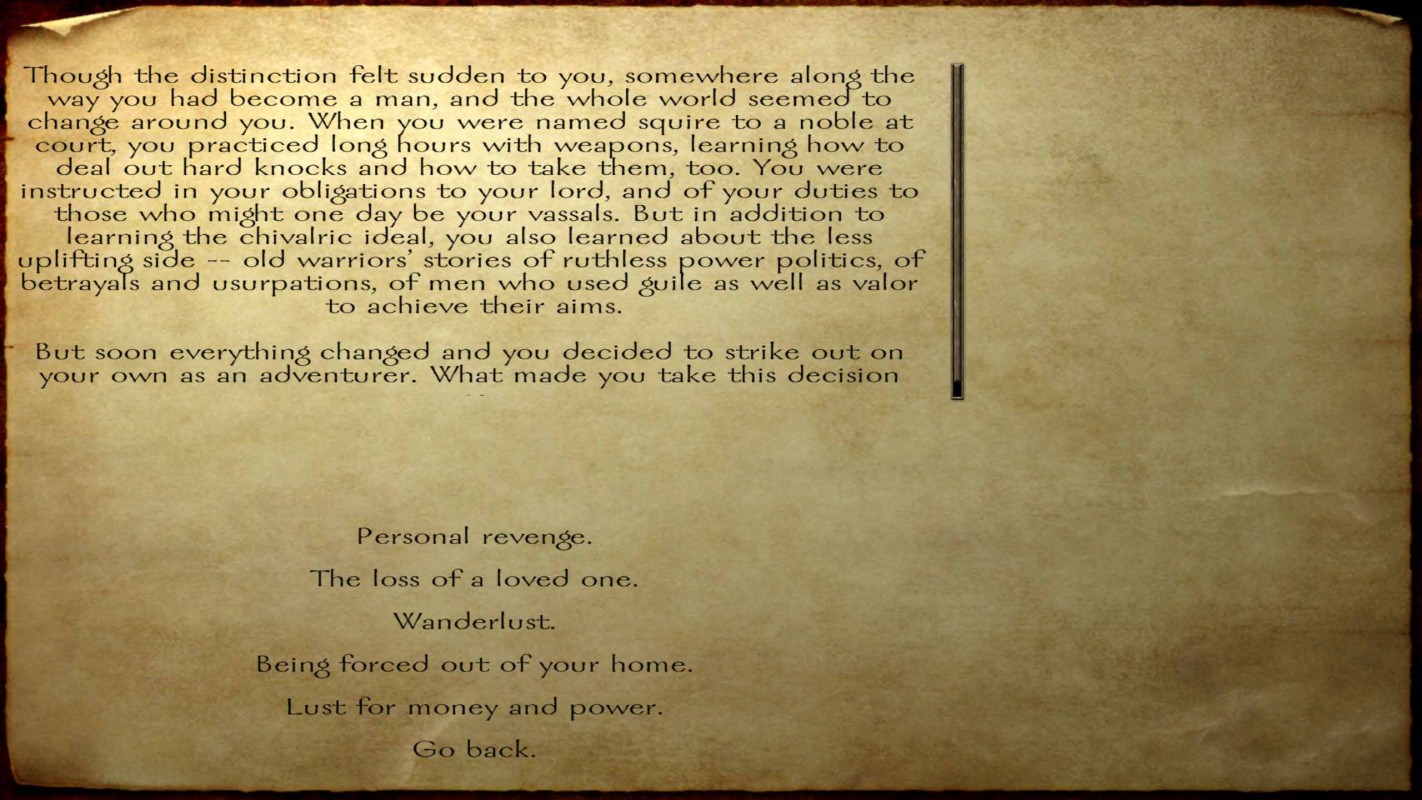
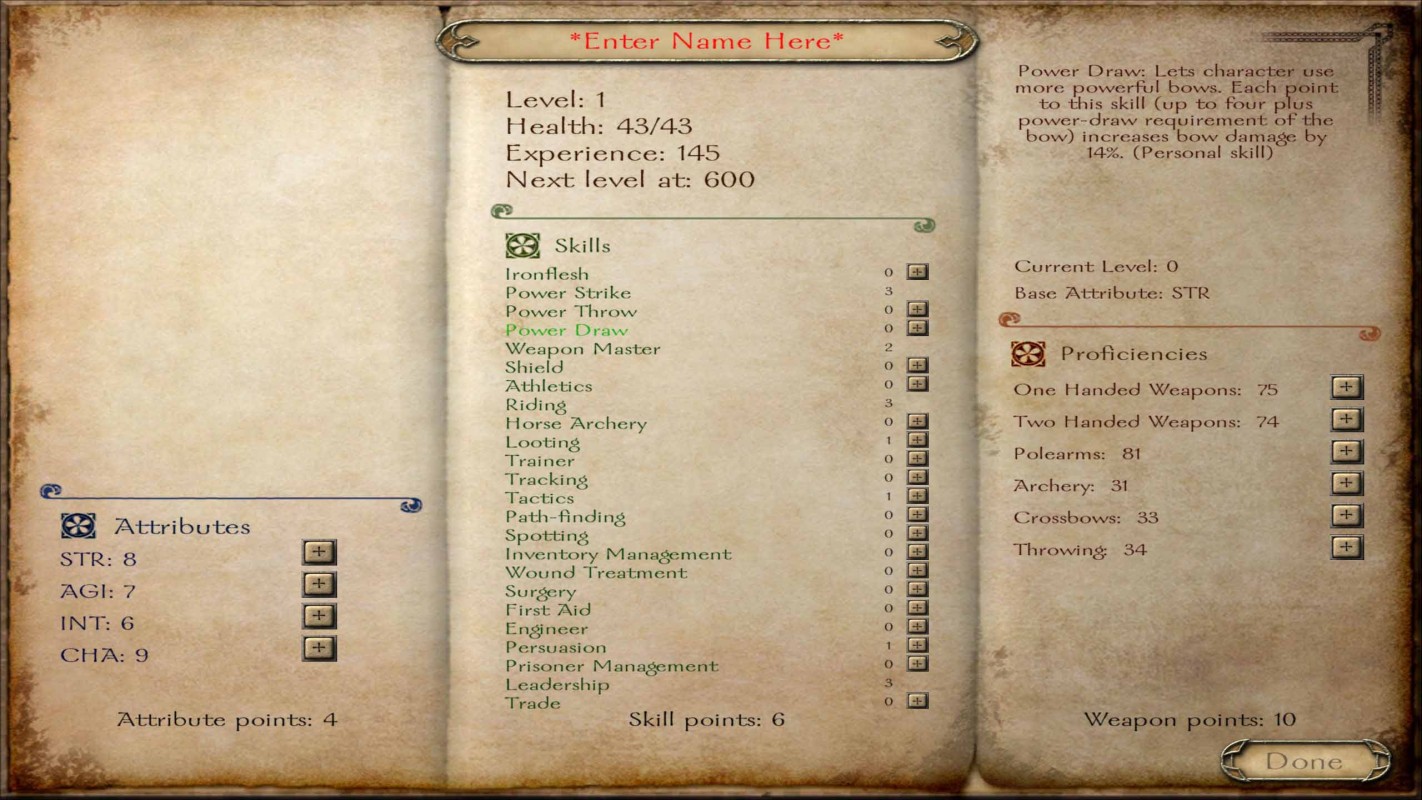
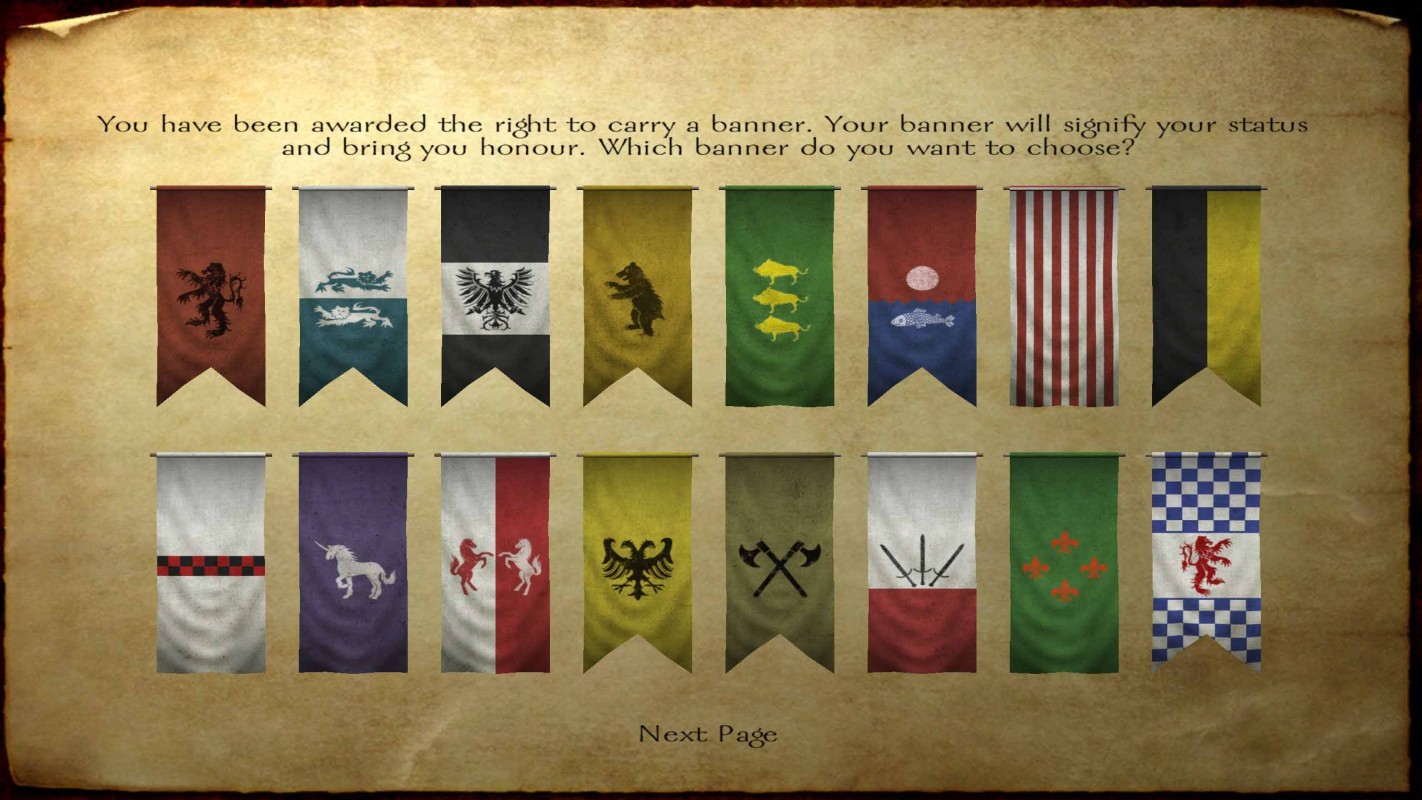
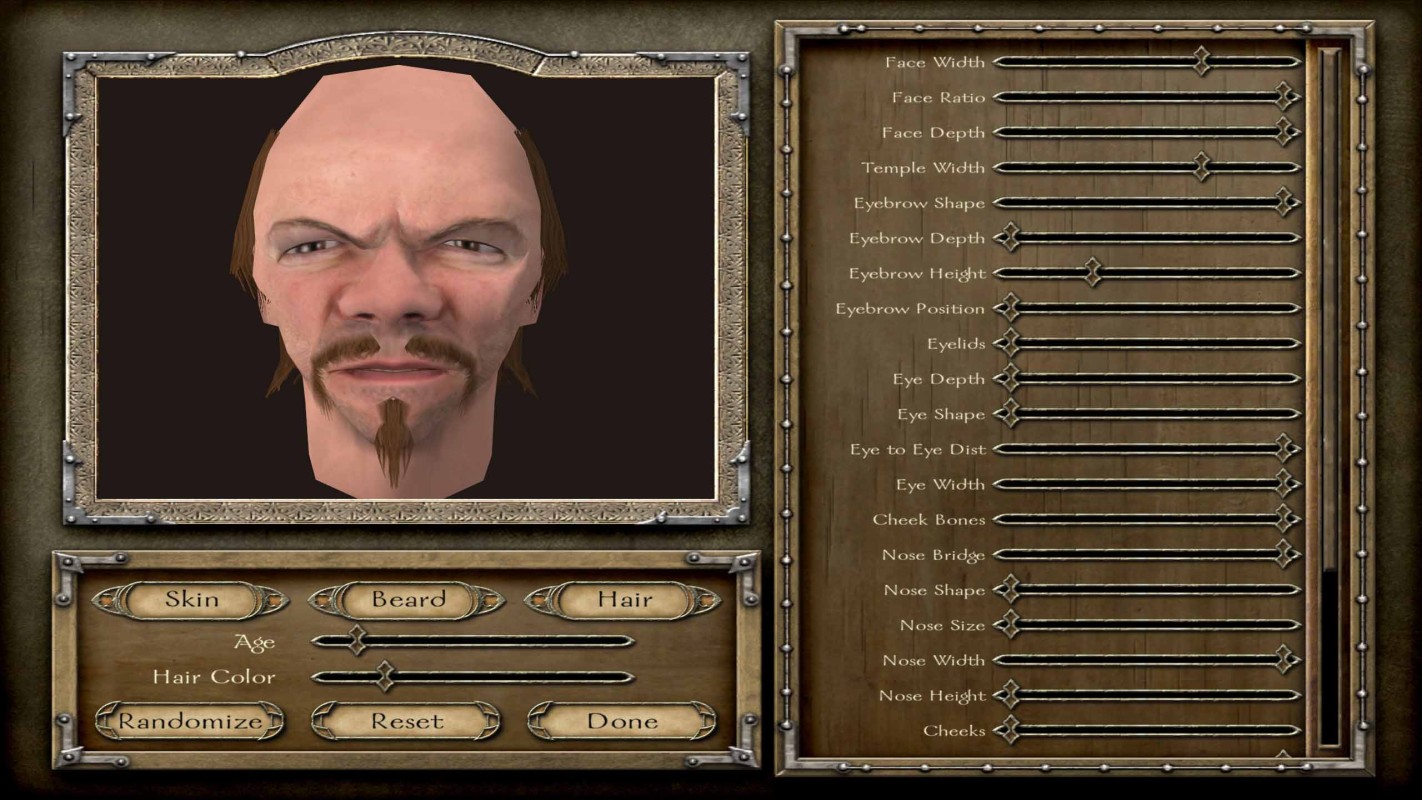
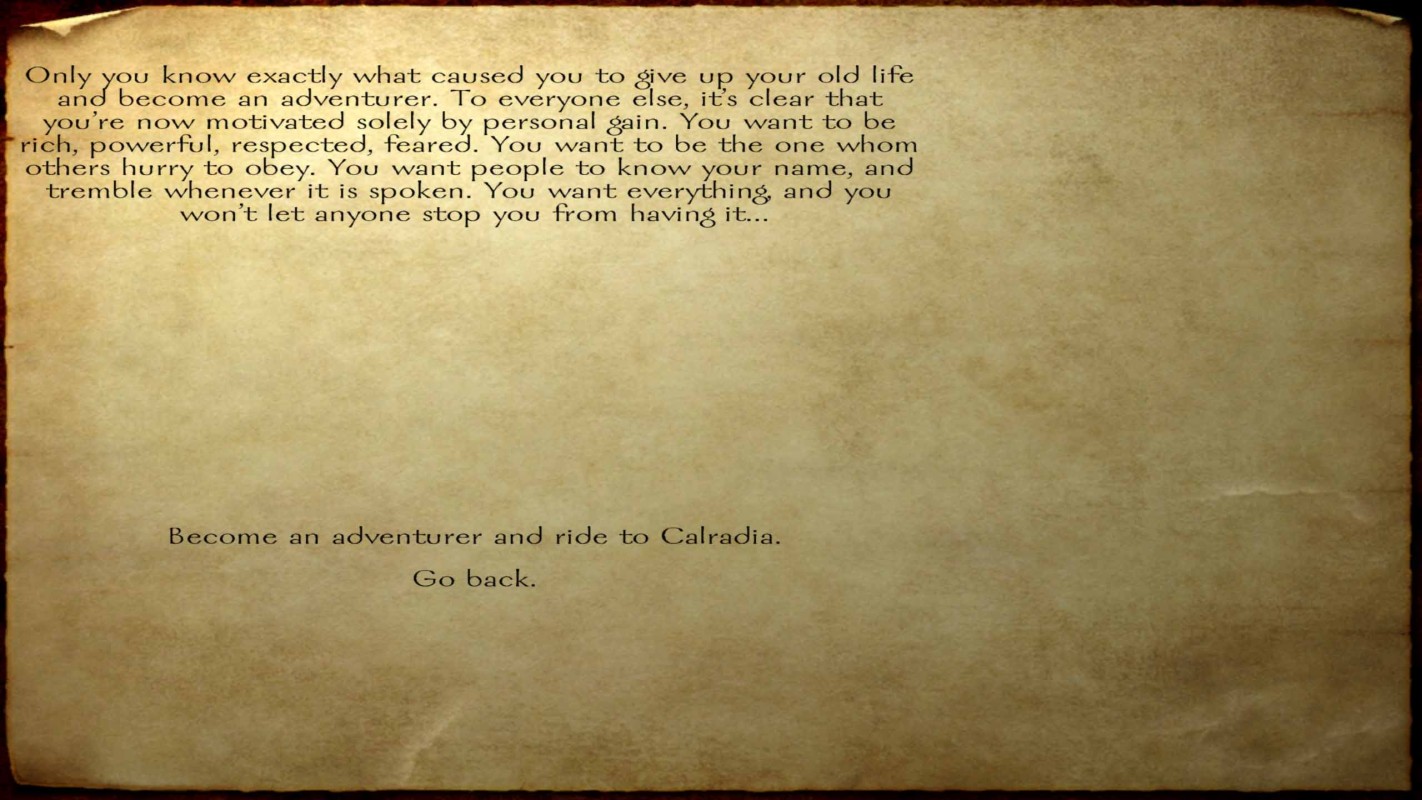
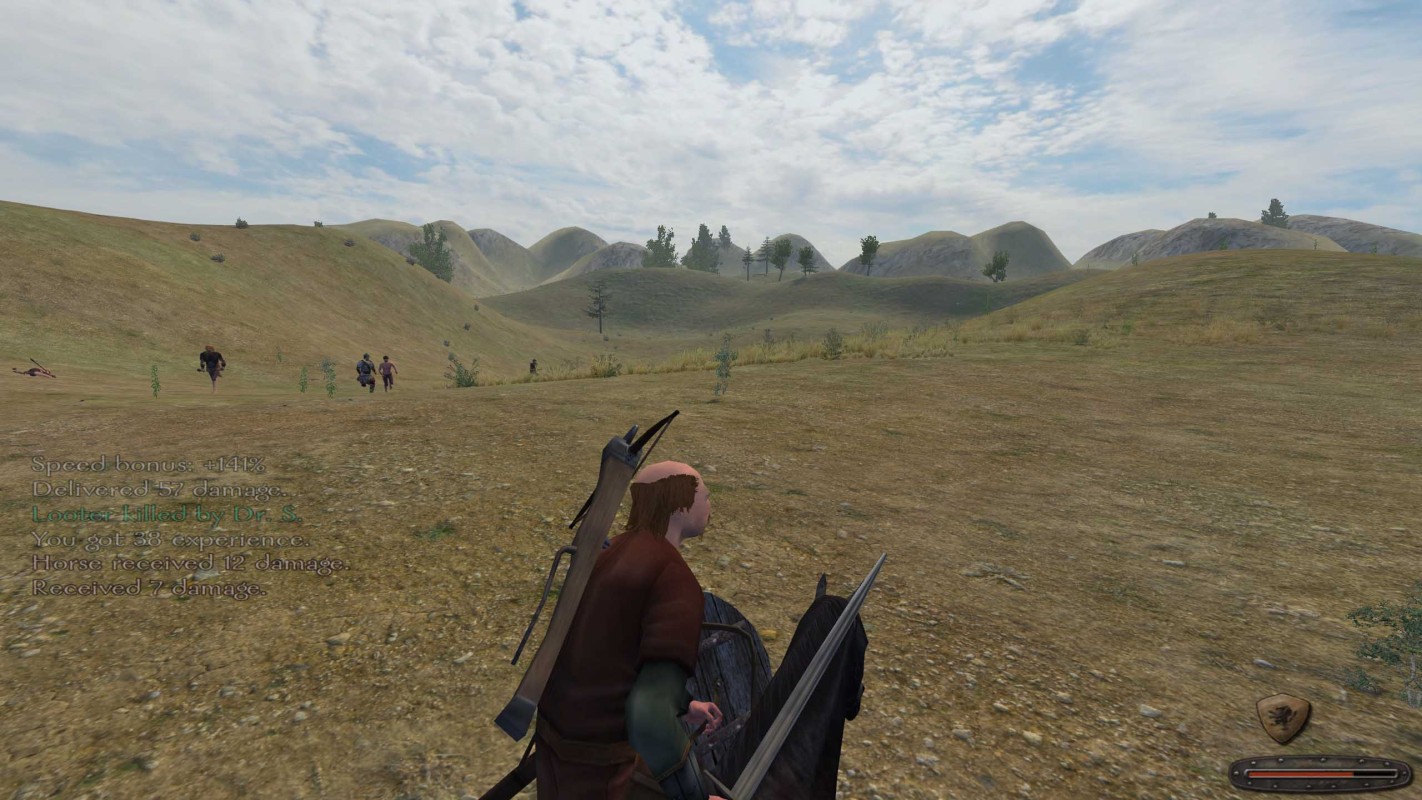
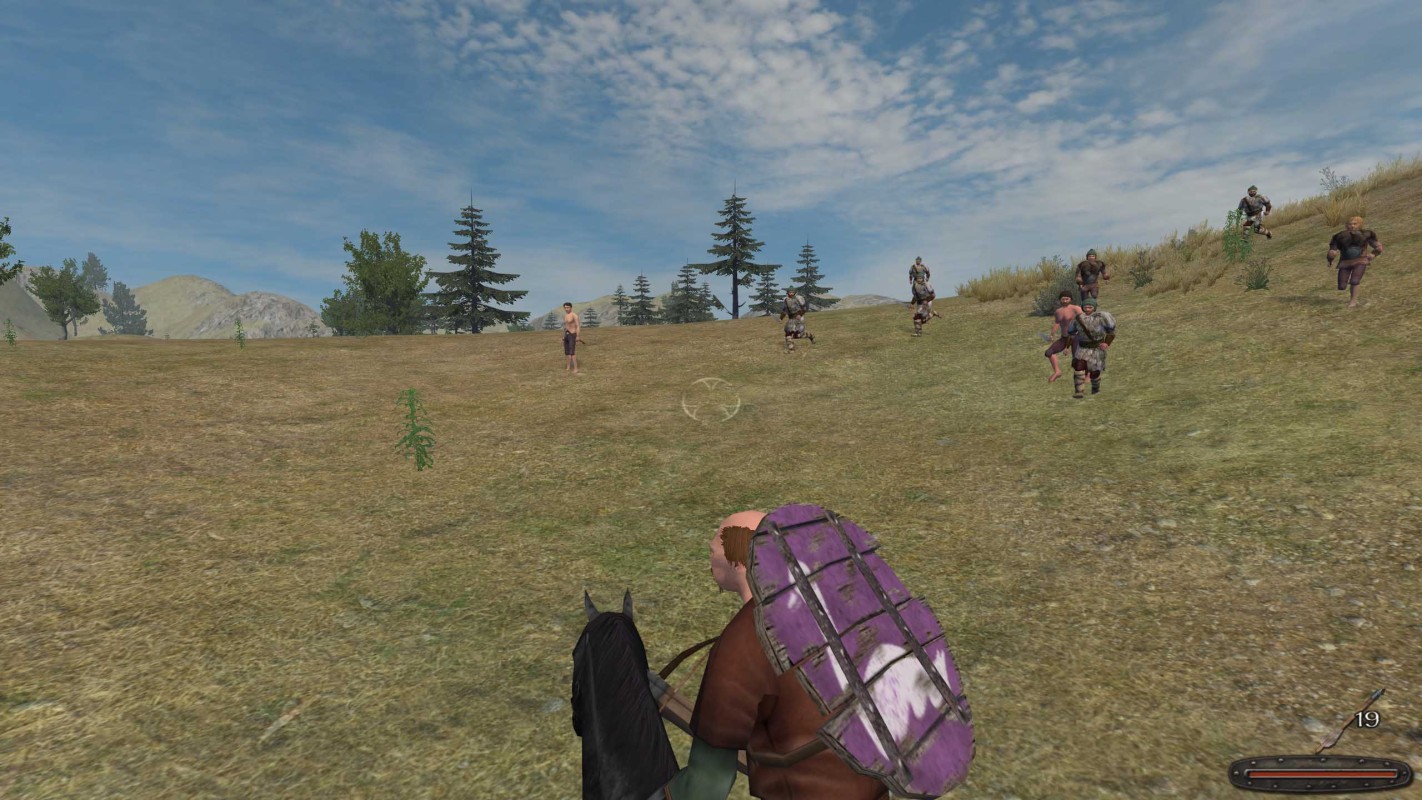
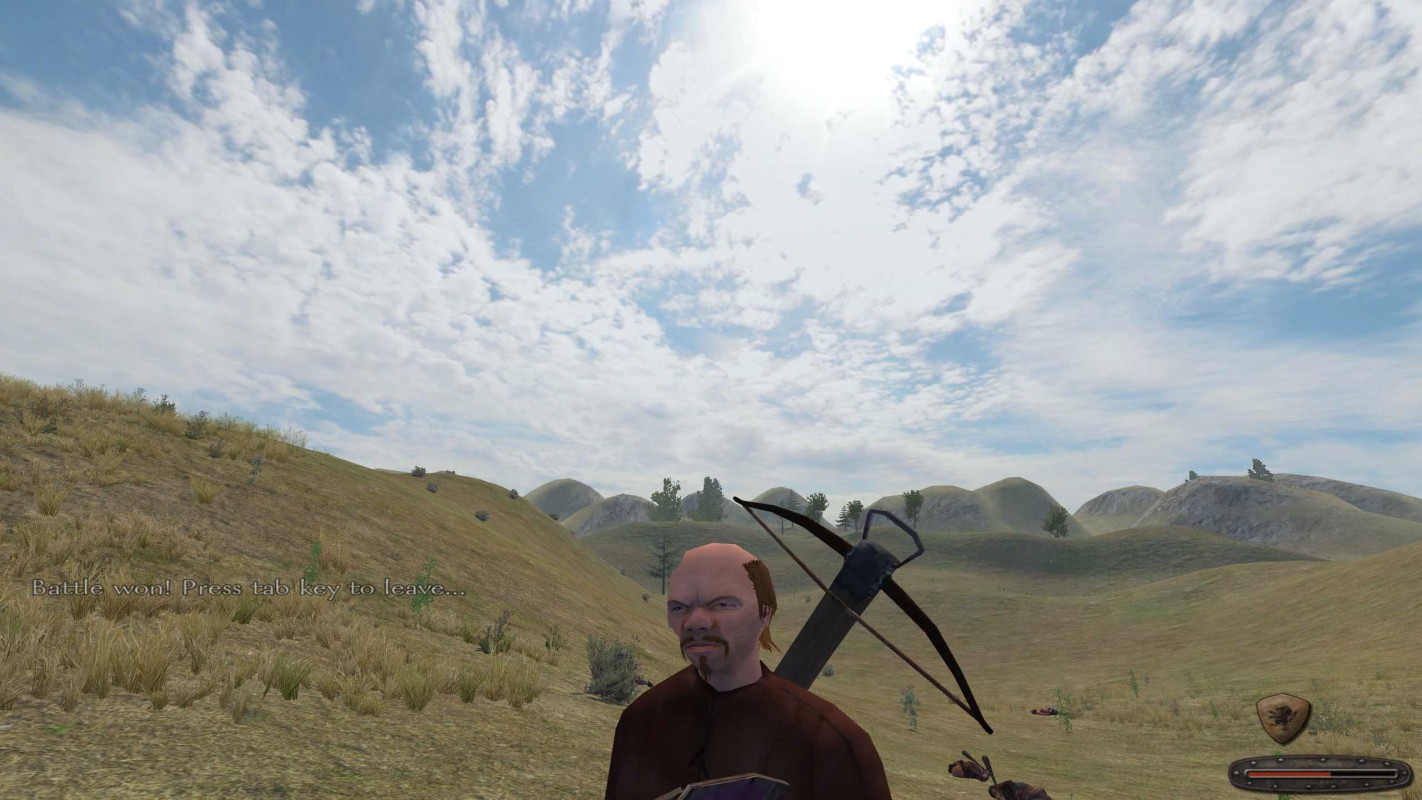
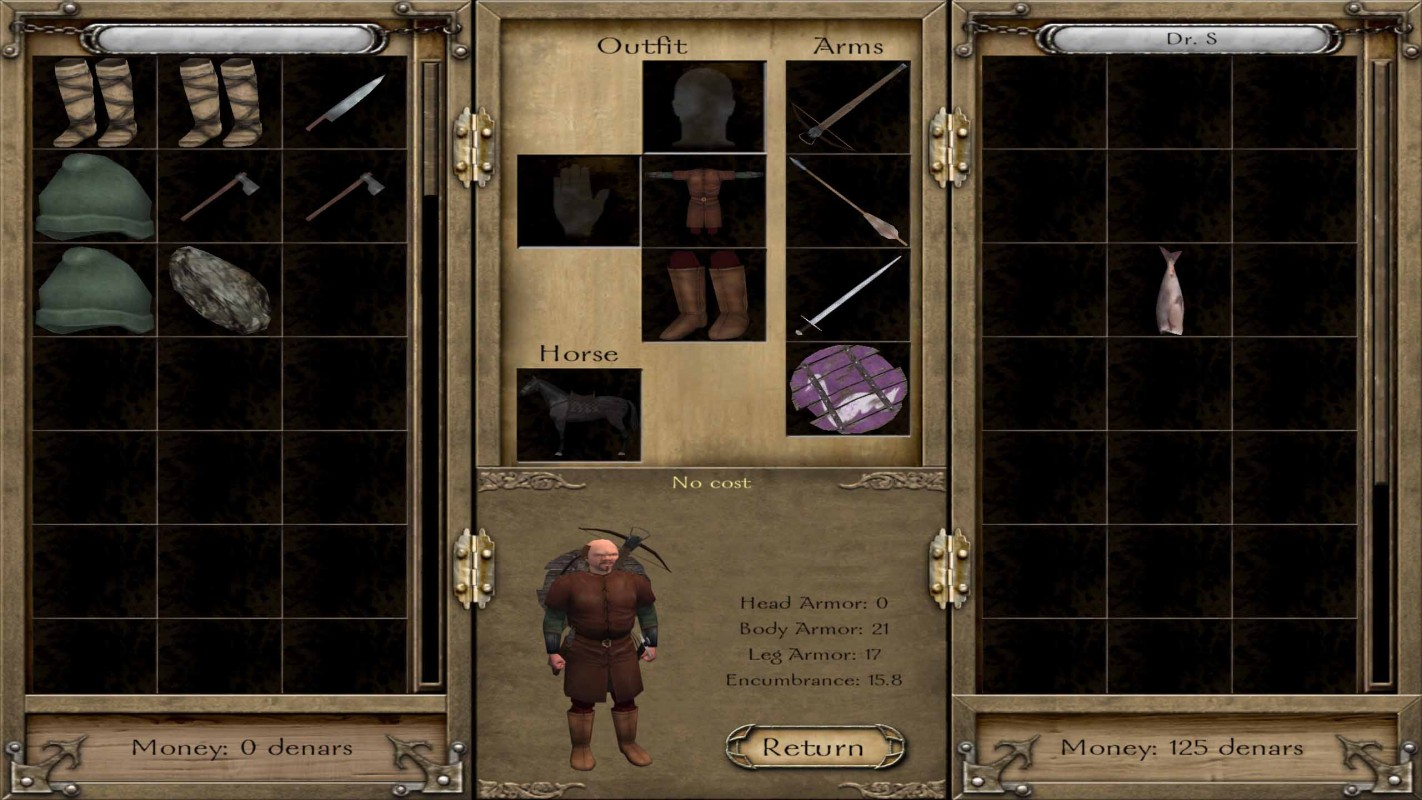
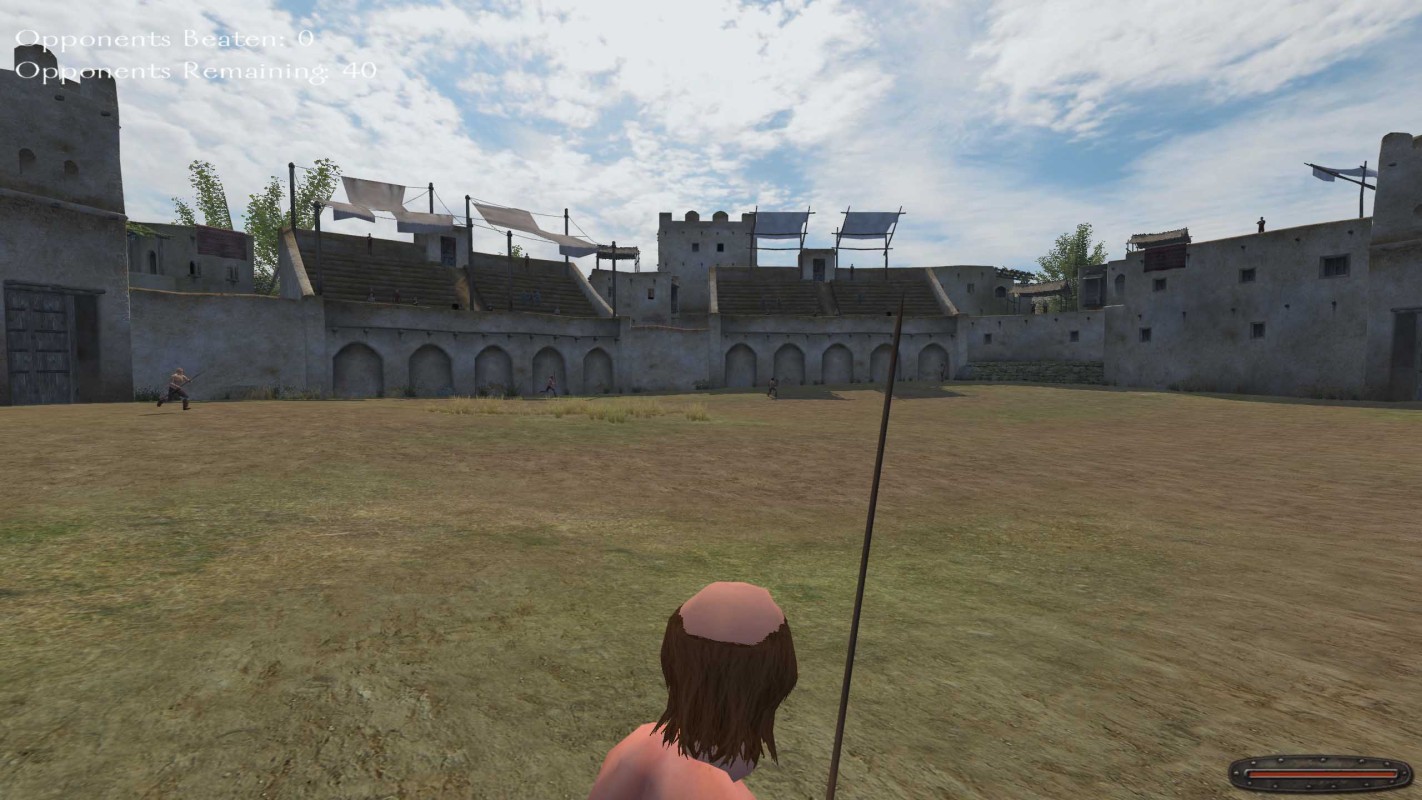
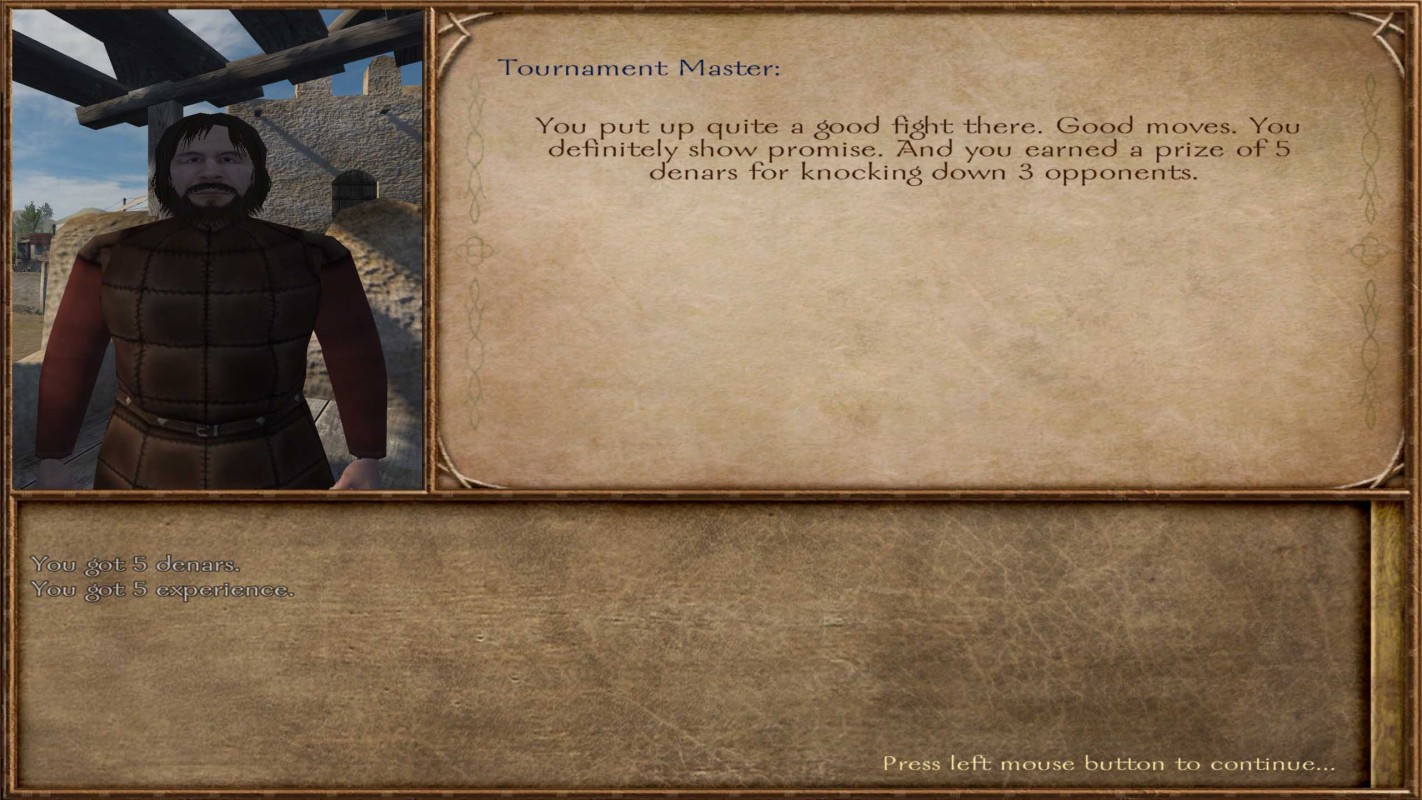
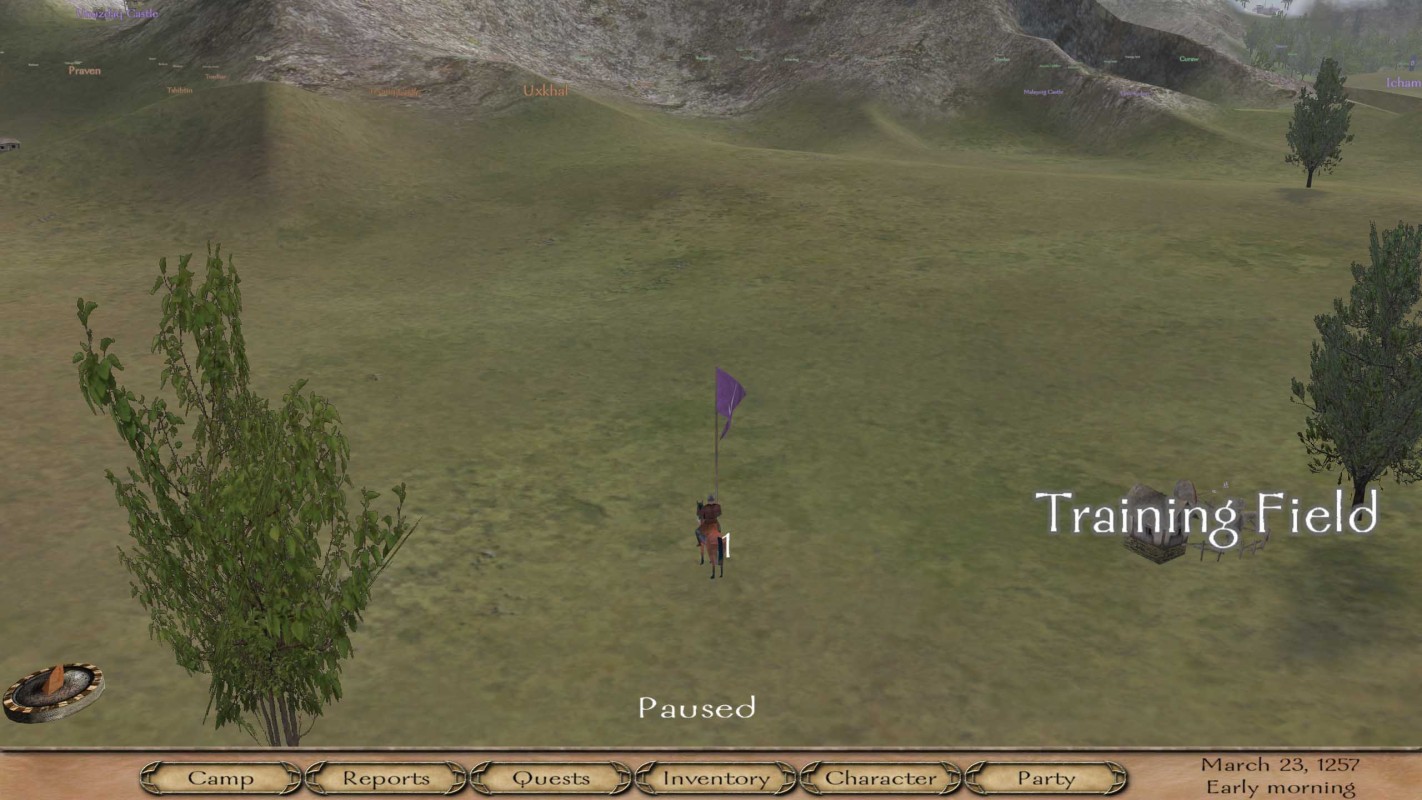
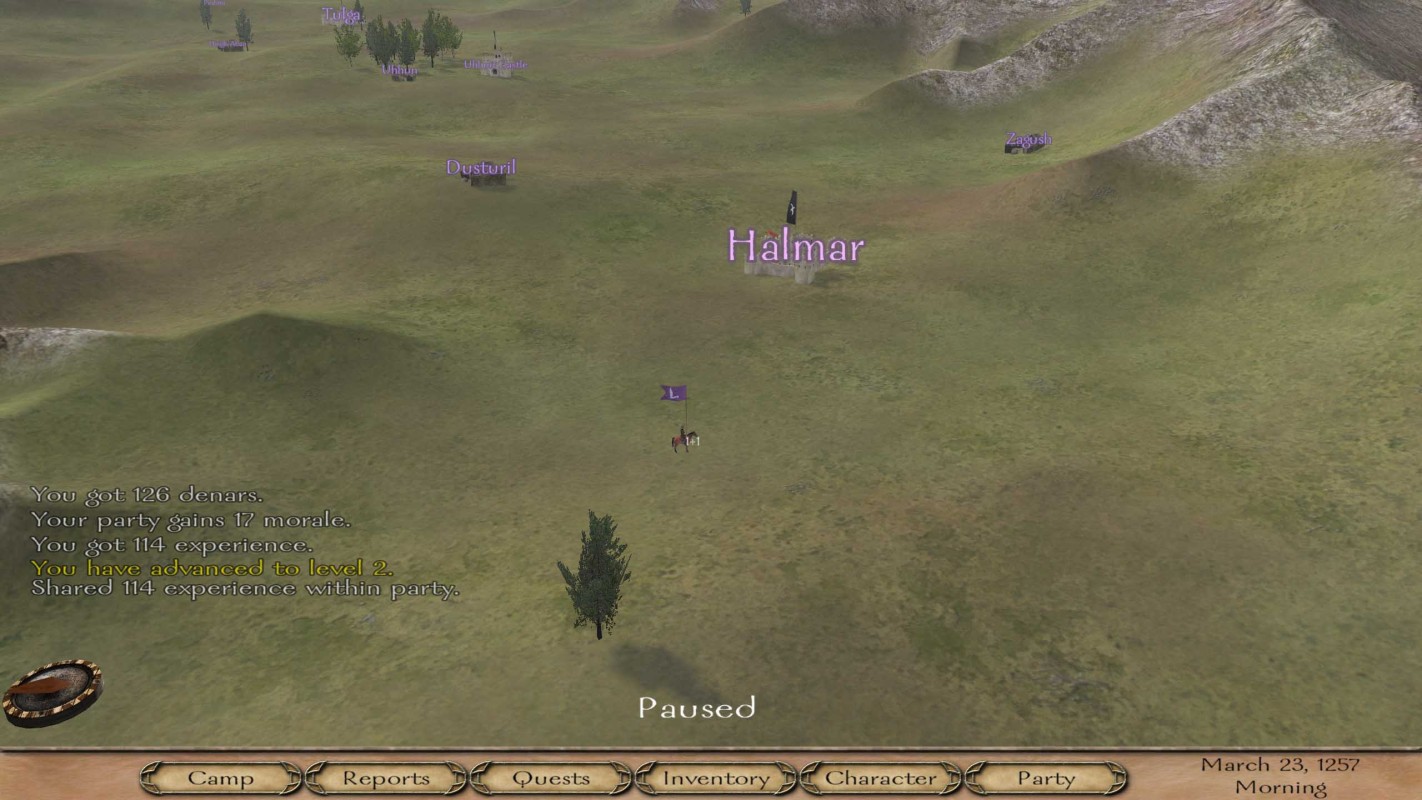
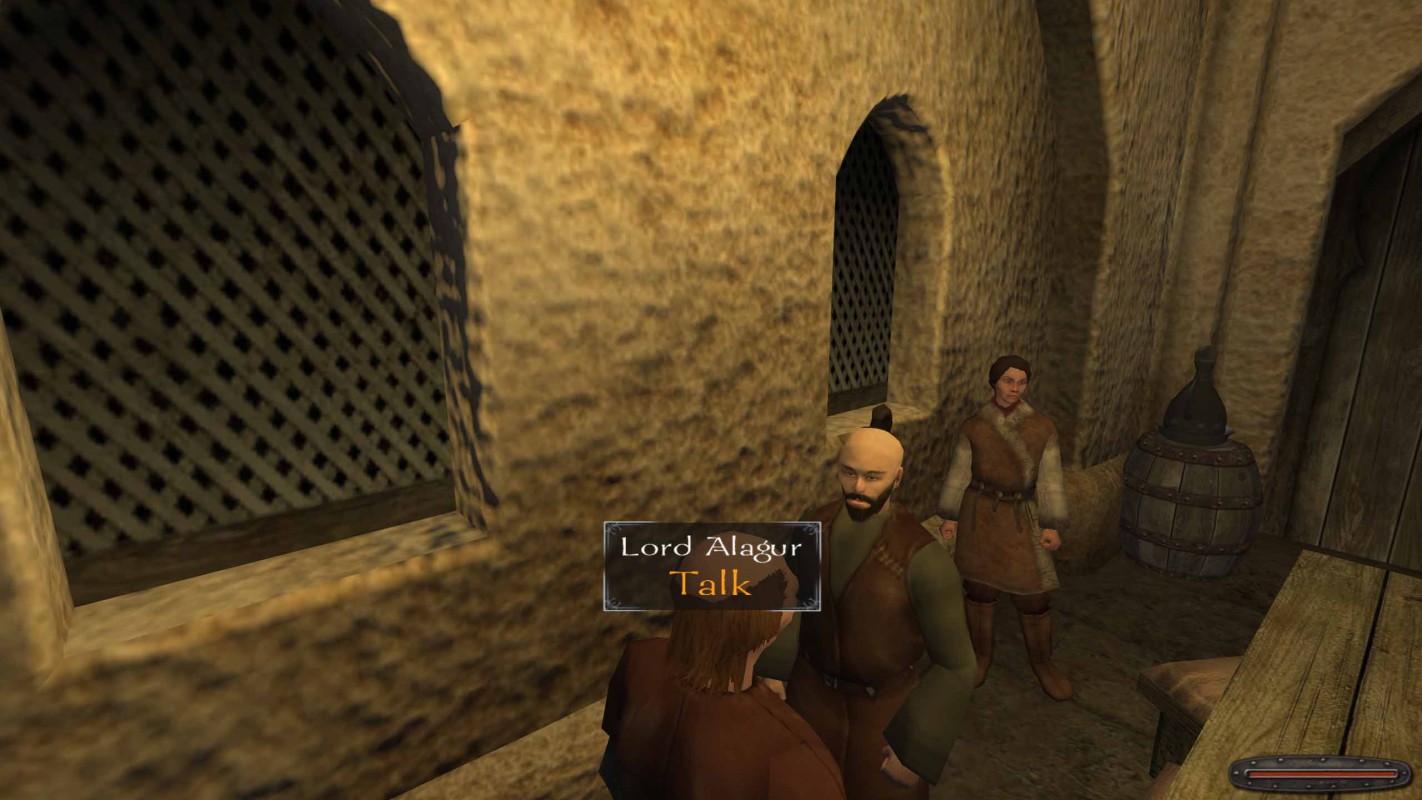
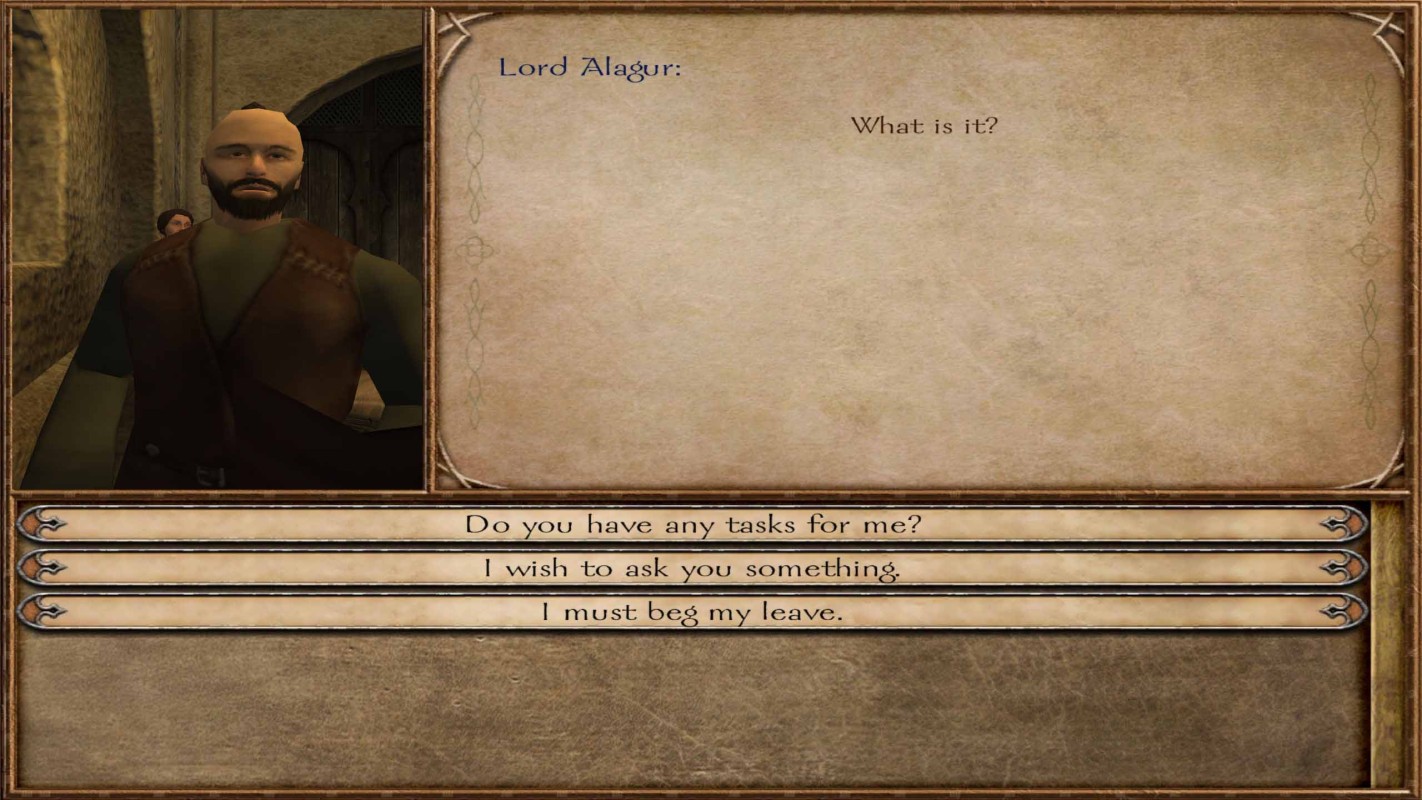
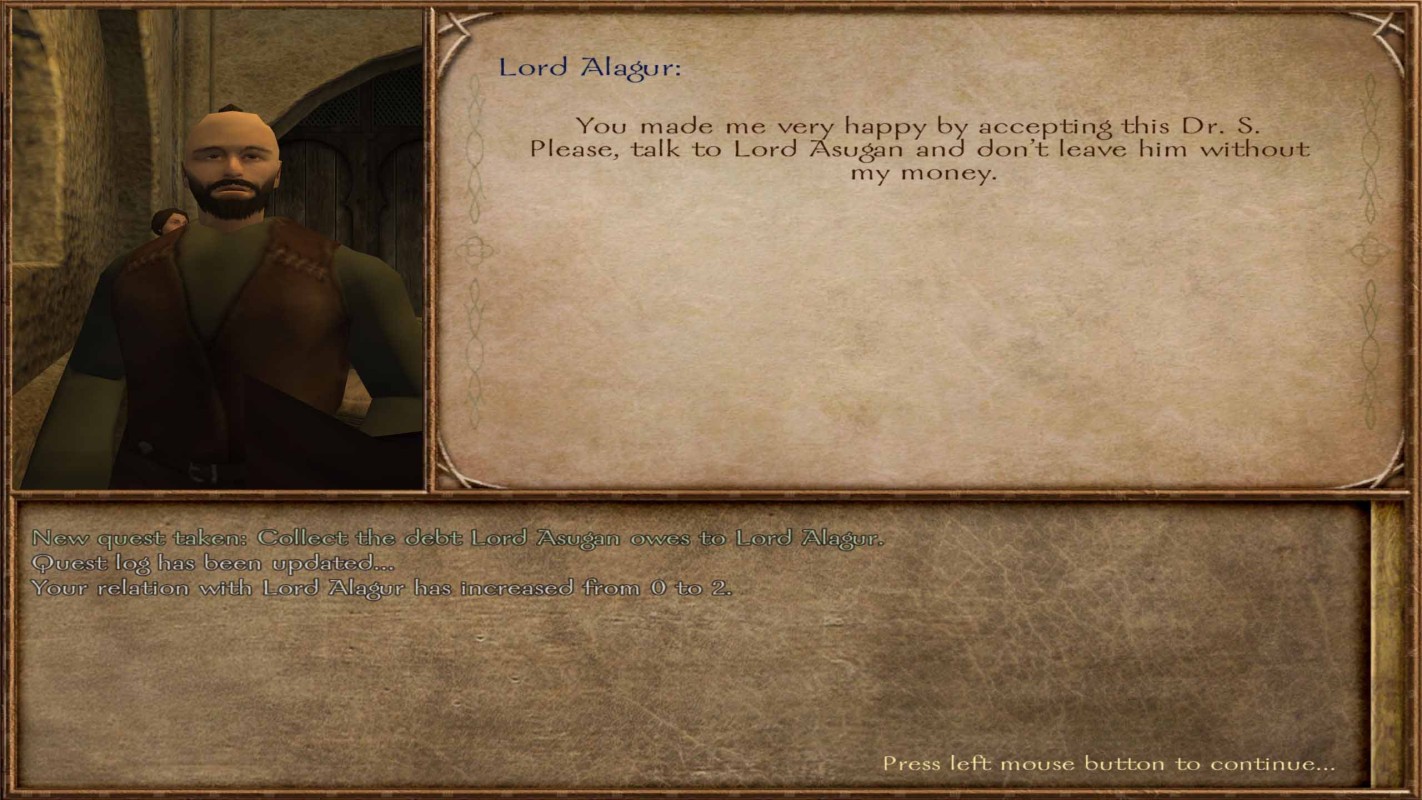
Thank you, Thomas!